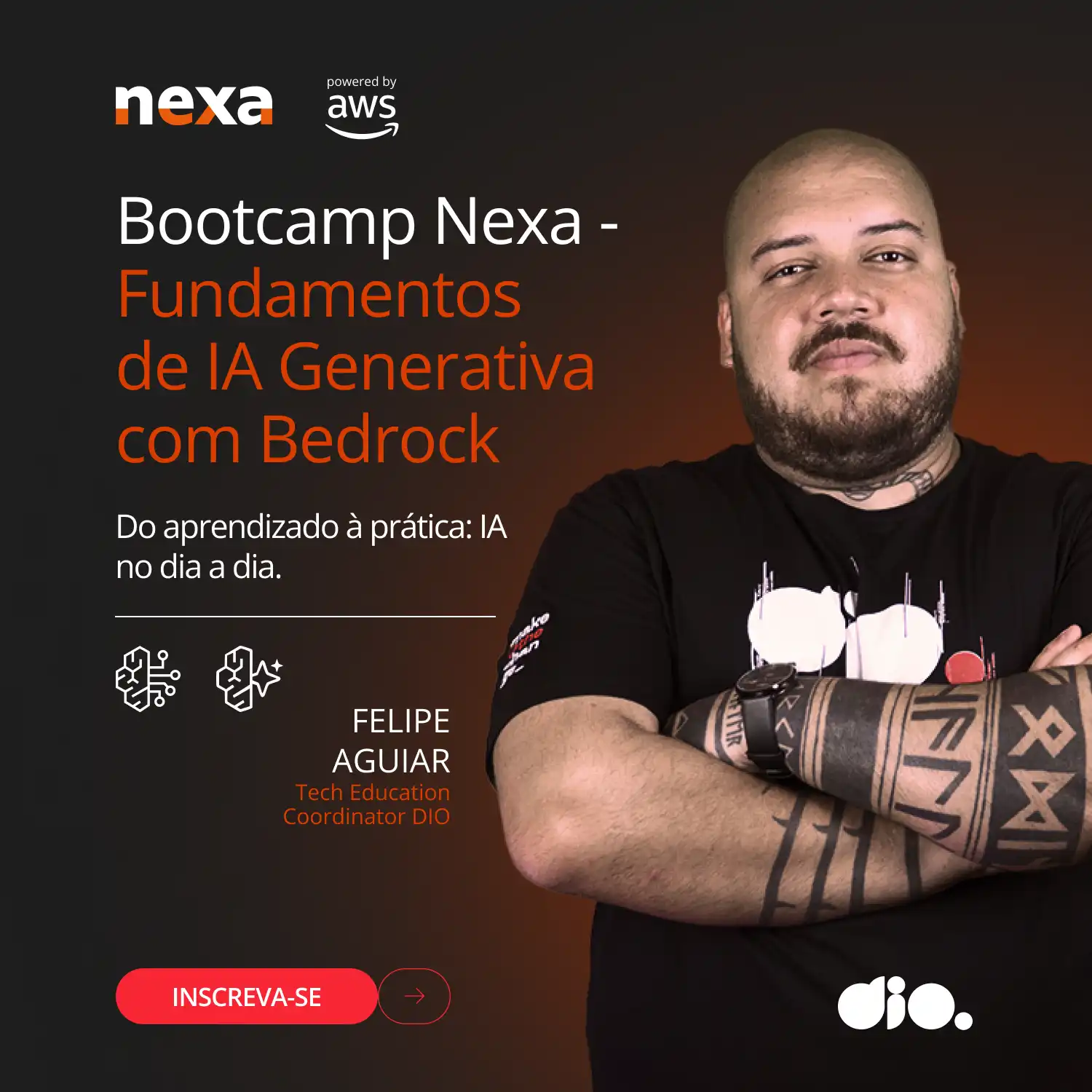AWS Cost Allocation Strategy
- #AWS
The Problem
Frequently questions and challenges on this subject are:
- “I want to allocate cloud costs to various cost centers within my company.”;
- “I need end users to be accountable for their spend.”;
- “What were my highest and lowest products margins?”;
- “Our product has grown and I only want expenses related to its cost charged to us”;
- “I have shared cost resources - how do I charge them back to users?”
Cost Financial Management in AWS
The AWS Cost Financial Management is often divided in four sets of actions and tools:
Let’s talk about the “See” actions and tools
Amongst the “See” tools, we have:
- AWS Cost Explorer;
- AWS Cost & Usage Reports;
- AWS Cost Categories;
- AWS Application Cost Profiler.
There are two types of cost allocation models:
Showback:
Showback is a representation (i.e. reporting) of charges incurred by a specific category (business unit, user, application) over some period of time.
For example, a report showing that the infrastructure engineering team was responsible for $X of AWS spend last month.
It isn’t an actual charge involving accounting and finance.
Chargeback:
It's an actual charge via accounting processes (financial systems, journal vouchers, etc) based on defined categories.
For example, a report showing that the infrastructure engineering team was charged $X for AWS usage last month.
It is an internal process that is done within your organization. It’s not a replacement for the AWS invoicing process.
Comparison of Showback and Chargeback cost allocation:
Ease of implementation: showback is easier to implement, while chargeback implies the adoption of a finance and accounting system or process;
End-user accountability: end-users are more likely to put in practice cost control actions when they are effectively charged for the IT resources usage, then when they are just aware of it.
Tooling sophistication: while showback can be done with simpler tools, like Excel, chargeback needs highly sophisticated tools that can be updated in real-time to show the decrease or increase of costs resulting from decisions made by the IT team.
Cultural change: obviously, chargeback implies deeper cultural changes impact.
Planning the cost allocation model
First of all, it’s necessary to partner with all the teams involved with cloud computing costs: IT teams, finance and accounting, procurement and business units.
A business decision that results in creating cloud resources, by the IT team, must be explained in detail to the procurement department, including how the contract has to be managed, mainly, how the costs will be controlled. Everything is connected.
Besides, the planning should consider:
- Transparency: the allocation process should be completely transparent to your ‘end customer’.
- Accessibility: the data supporting the allocation model should be accessible at any point (single source of truth).
- Simplicity: complexity doesn’t equal accuracy, the same applies with allocation models.
- Maintainability: this entire process should be easily maintainable, because changes will occur.
Real world cost allocation models
This slide is part of an AWS presentation and contains guidance on how AWS tools can be used to allocate costs, depending on the level of details desired.
You can use AWS Cost Allocation Tag and/or Cost Categories to control a single application. The cost categories act like a second dimension for the tags. You can filter, sort or group the information by tags/categories. Also, the cost allocation can be made by AWS Account, in this case.
As an application Suite or Product is basically a set of single applications, you can allocate costs in the same ways as said above.
On the other hand, allocating costs to shared resources is not so easy. It’s possible to set a telemetry based on queries over a shared database or data lake, for example. Or, this may be done by establishing proportional rates, based on real usage of other resources, but this is not so accurate.
When thinking about a whole business line, it’s possible to estimate proportional or fixed rates, based on other metrics, like revenue, for example.
Achieving Results
The cost allocation model gives the company ways to have:
- Accountability: understand who is using what; single POC (point of contact) or group accountable for spend reviews and reporting;
- Financial Transparency: this is one of the best advantages of cloud computing, because it’s possible to have a really accurate view int cash allocations toward IT,and to show effective dashboards and cost analysis for leadership;
- Informed IT Investments: finally, all of this leads to informed IT investments; you can track ROI based on project ou business line and empower people to make better business decisions.
Levels of chargeback maturity
An organization should start with the showback model, rather than the chargeback model. Using AWS accounts and tags it’s a good start to keep users accountable and report out costs to ownership. After some time using this model, let’s say, one year, then the organization should move to the chargeback model, based on cost centers, increasing accountability and financial transparency.
A fully mature chargeback model, with business unit metrics and TCO (total cost or ownership) may not be suitable for all organizations.
Tools that enable cost allocation
AWS Cost Explorer
AWS Cost Explorer is a great tool to visualize cost data filtered by tag, by account or by service, for example. You can set up the dimensions, using the cost categories and create your own process. Besides, it’s possible to use APIs.You can pull data to an S3 bucket and run scripts to transform it.
Build You Own
With the cloud intelligence dashboard framework you can customize the dashboards as you wish.
AWS Partners
There is a network of cloud management tools competency partners that offer pre-configured tools to support cloud financial management needs.
Steps to start cloud financial management
- Involve the right stakeholders;
- Know how your business is structured;
- Pick a cost visibility tool;
- Start simple;
- Add complexity as needed and re-evaluate tooling.
Glossary
Chargeback (in portuguese: estorno): When a company implements an IT chargeback policy, they bill each department for the number of technology resources used for a given period. This is a controversial process since in most cases, departments don’t have to pay for usage of things like utilities and other company resources.
Cost allocation: Cost allocation is an all-encompassing term to describe the assigning or distribution of incurred costs to the users or beneficiaries of those incurred costs in a pre-defined way.
Showback: Showbacks offer departmental visibility into IT resource usage without charging departments for their use. When a showback occurs, a document, similar to a billing statement, is sent to the IT department showing them the cost of the individual department’s usage, but it isn’t expected to pay for it. This may alleviate conflict caused by chargebacks between departments and IT.







